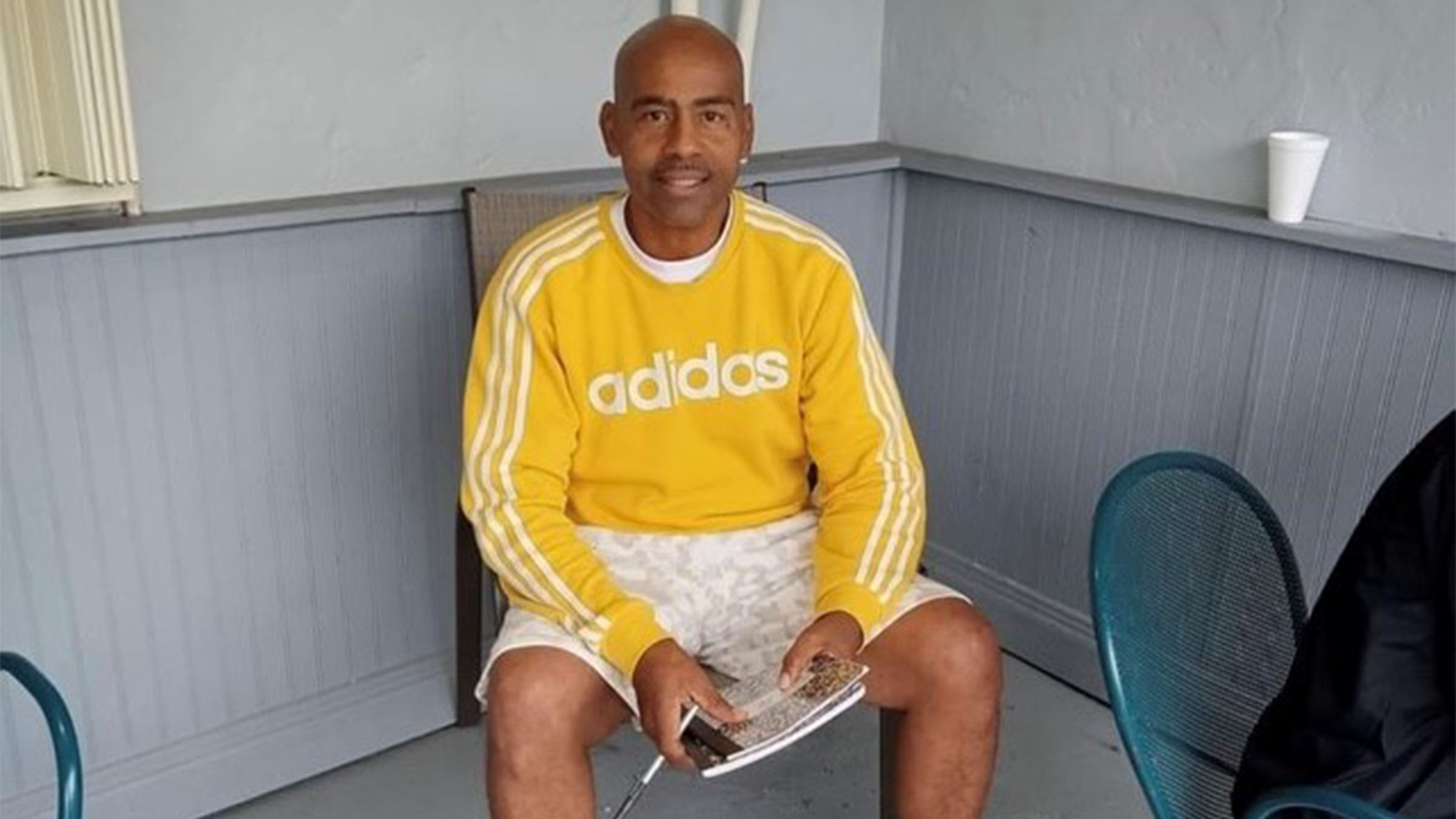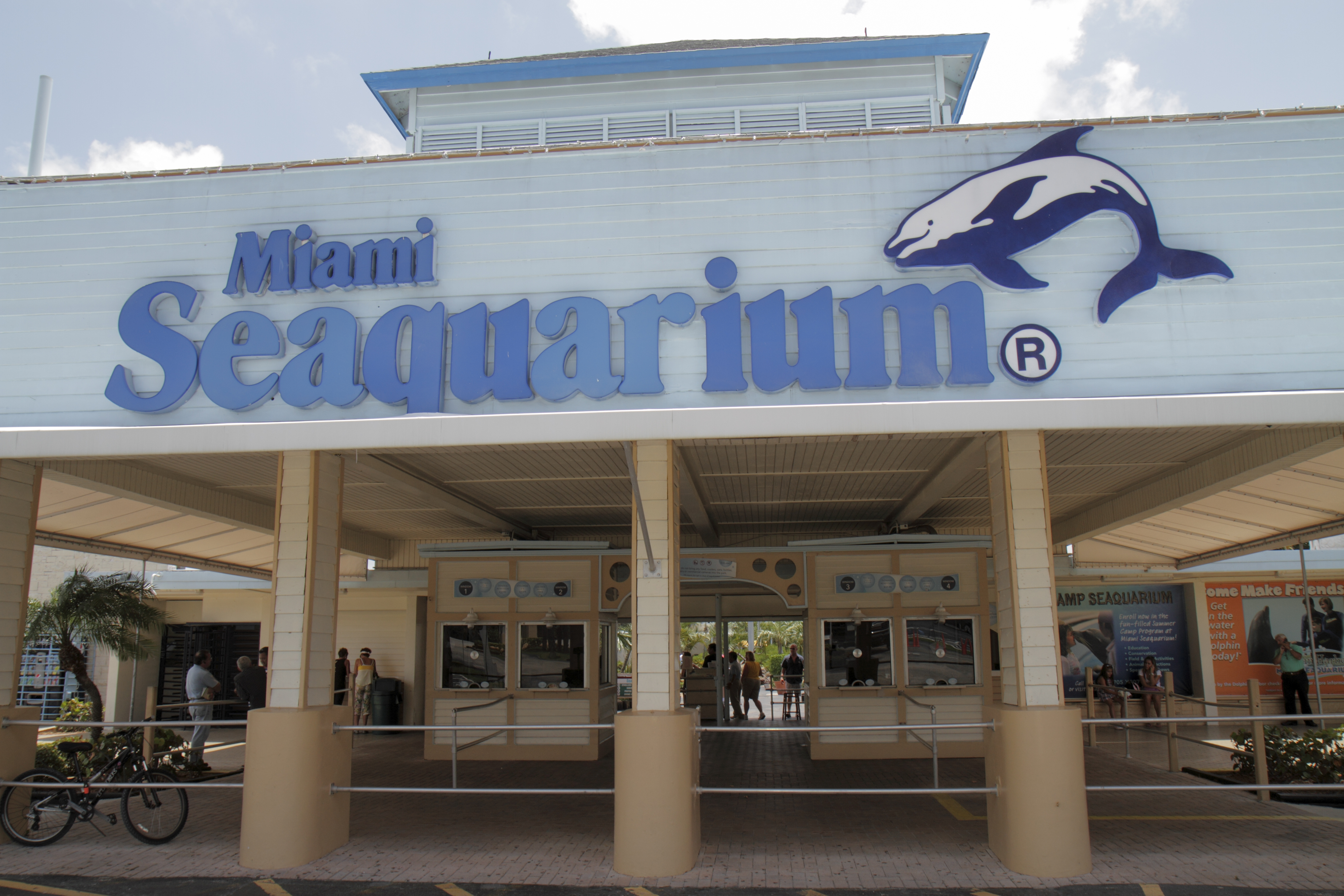Among more than 50 lawyers in a Miami-Dade County courtroom Wednesday sat Orlando Duran, a man who's already lost more than he can ever hope to recover: his 18-year-old daughter, Alexa, crushed to death when the pedestrian bridge being built at Florida International University came crashing down.
During a break in the proceedings, he recalled to NBC 6 how he went to the collapse scene "to see her body being pulled out from under the bridge that had collapsed, making her car look like a pancake. We couldn't bury my daughter with an open casket. I would have loved to kiss her forehead one last time and tell her I was sorry there was no way to help her out."
Alexa was an FIU freshman with dreams of becoming a lawyer.
As her father watched a platoon of defense lawyers try – and in almost all cases fail - to have some or all of their cases dismissed, he grew frustrated at the amount of money being consumed.
"I think someone needs to put a limit to this," he said. "A settlement, mediation, it needs to take place. They cannot continue, the lawyers, milking the process."
Approaching one year since the collapse, none of the victims has received compensation through their lawsuits, according to court records.
And a lawyer for the bridge engineer is warning millions in insurance coverage otherwise meant for victims could be headed "down the drain" as legal fees and costs climb.
Miami-Dade Circuit Judge Jennifer Bailey, who is overseeing the 18 lawsuits filed against 25 businesses connected to the failed project, told lawyers early on her priority is to see that the victims' claims resolved as quickly as possible.
Wednesday she reiterated her concerns, saying the cases have "brilliant and creative lawyers – and that's all a great thing – but your creativity could end up using all the money that's available to settle the cases for legal fees instead."
"There's X dollars" available from the defendants, she noted at a case management conference in August. "How will it be allocated for those for whom no fault can be found?"
That would include the six people who died – five of them in vehicles waiting at a red light when the 950-ton structure came crashing down on SW Eighth Street, the sixth a worker on the canopy of the span who fell to the ground with the rubble beneath him.
Local
But lawyers involved in the case say that pool of money – tens of millions of dollars – is shrinking, as defendants rely on insurance policies known as "wasting policies" to pay legal fees, experts and other costs. It comes from the same pool of money otherwise available to pay judgments or settlements.
The defendants in the wrongful death and negligence suits include everyone from the general contractor, Munilla Construction Management (MCM), to the designer, FIGG Bridge Engineers, down to the company that supplied mats to protect the roadway when the bridge was lifted from a roadside construction area and moved into place five days before the March 15 collapse.
At a December hearing, one of the lawyers for FIGG, Barry Davis, warned that as litigation drags on and gets wider in scope, less money will remain for settlements and judgments.
With depositions set to begin in May, Davis projected as much as $50 million might go "down the drain" if 25 defense lawyers have to depose 75 witnesses over two days each, using experts and other costly resources to prepare.
That money, he said, would come from "wasting policies," which reduce the money available to cover losses as defense costs increase.
Wednesday, the lawyer for one company that supplied $7,000 in material complained his clients would spend $15,000 a week in fees and costs to attend depositions, unless they were dismissed from the suit.
They were not.
In December, Bailey urged defendants "to do what defendants need to do to settle so the policies don't waste," adding, "The whole idea is to settle these cases."
That prompted Davis to raise what he called a "nightmare scenario" – what if "all this money's spent, all the money's gone, some defendants go out of business?"
Judge Bailey's response: "If you don't want to spend the money, settle the case."
And that admonition came before the second phase of the case even starts.
Judge Bailey has managed the first phase as one focusing on mediation and settlement with the victims. She said Wednesday 85 percent of the case remains oriented in that direction.
But, in an order signed last month, she said that focus will shift in July to "managed litigation."
That's when defendants start turning on each other, deciding who they will blame for causing the catastrophe.
Bailey gave them the entire month of July to file those claims and counterclaims against each other.
Wednesday, a lawyer for one of the defendants previewed what could become an attack on another, FIGG Bridge Engineers. The lawyer claimed there is no evidence yet disclosed by FIGG showing it analyzed what would happen if it re-tensioned bars in the cracking structure after it was placed over Eighth Street.
"I find that shocking," the lawyer, for Louis Berger engineering, said. FIGG has declined all requests for comment.
That re-tensioning was occurring when the bridge collapsed.
The National Transportation Safety Board has not yet ruled on the cause of the collapse but has cited design errors that underestimated forces concentrated on the north end of the bridge, precisely where the failure occurred on March 15. The NTSB said tests on concrete and steel from the rubble indicate they met proper specifications.
Even as a mediator has been trying – so far unsuccessfully – for weeks to hammer out settlements, exactly how much money might be available is not known publically.
Some of the companies being sued have reported they purchased insurance policies with limits in the tens of millions of dollars, while others report policy limits of only $1 million.
And insurance companies are suing some of their clients, asking judges to rule they do not have to cover all or some of the companies' losses.
In some cases, the insurers say the claims against their clients involve "professional services" and, therefore, are not covered by their commercial general liability policies; in other cases, they argue punitive damages, if awarded, would not be covered.
FIU has just been served with papers naming it a defendant, lawyers said Wednesday. As Judge Bailey noted in a September hearing, the university may also become a plaintiff. It was paying for a pedestrian bridge that is not being built, so she said, she expected "at some point" FIU will sue to get its bridge.
"That's a very reasonable assumption on the court's part," FIU's lawyer responded.
The Florida Department of Transportation also was notified last week it will be a defendant, a plaintiff's lawyer announced Wednesday.
As for Duran, he can't understand why he and other families of victims who die or were injured through no fault of their own can't have their claims settled before the defendants start turning on each other, consuming even more money.
And, he said, it's not about the money.
"There is nothing in this world that would bring my daughter alive," he said. "We would much rather prefer to have lived a poor life, but as a family together. But that was not possible. We are after justice and apparently the more the delay it takes, the more the money is reduced, as if they would like to continue using that money, milking the process for their benefit."



